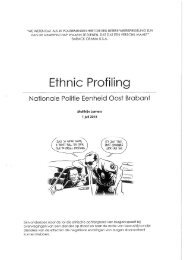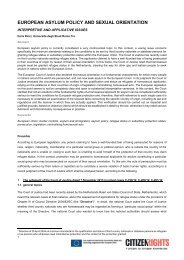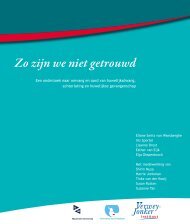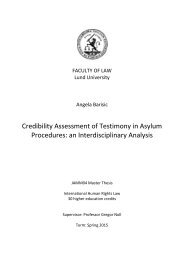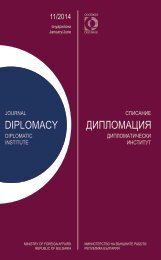AEMI
AEMI-2016-web
AEMI-2016-web
Create successful ePaper yourself
Turn your PDF publications into a flip-book with our unique Google optimized e-Paper software.
202 <strong>AEMI</strong> JOURNAL 2015 2016<br />
Fig. 1 From the twinning celebrations in Pragelato, the homeland of German Waldensians.<br />
their lands cultivable and improve their<br />
financial condition. This is why they<br />
accorded to the Waldensians some privileges,<br />
such as the freedom to practice<br />
their religion, or to speak French.<br />
After the French Revolution, a period<br />
of secularization started also in Germany.<br />
One of the last laws of the Holy<br />
Roman Empire, which at that time included<br />
the German land, unified many<br />
domains that had previously been separate<br />
religious units. The result was the<br />
unification of the Protestants churches:<br />
Lutherans and Reformed. In this context,<br />
Waldensians were assimilated to<br />
the united churches: they lost their<br />
specific liturgy and began to speak German<br />
instead of French. The end of the<br />
nineteenth century witnessed a renewed<br />
interest in the Waldensian past and the<br />
establishment of close links between the<br />
German communities and the Waldensian<br />
communities of the Valleys, that<br />
increased after World War I. In 1936<br />
there was the creation of the Deutsche<br />
Waldenservereinigung, the Association of<br />
German Waldensians 3 , whose purposes<br />
were to support the relationship between<br />
the German Waldensians and to<br />
preserve Waldensian past and traditions.<br />
For my research, I focused on one<br />
German Waldensian community: the<br />
Waldensergemeinde Rohrbach-Wembach-Hahn,<br />
in Hessen, about 50 km




